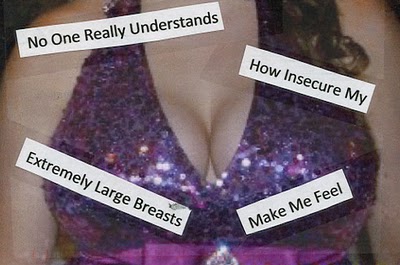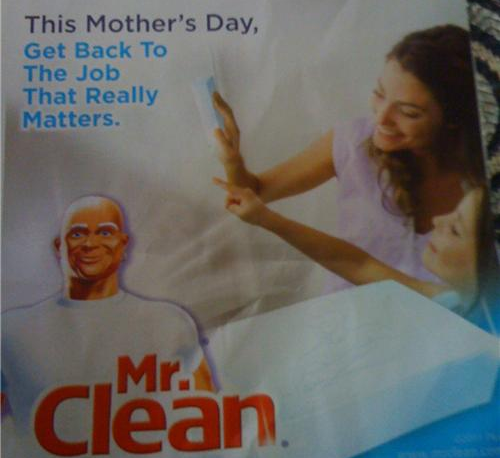The average man thinks he’s smarter than the average woman. And women generally agree.
It starts early. At the age of five, most girls and boys think that their own sex is the smartest, a finding consistent with the idea that people tend to think more highly of people like themselves. Around age six, though, right when gender stereotypes tend to take hold among children, girls start reporting that they think boys are smarter, while boys continue to favor themselves and their male peers.
They may have learned this from their parents. Both mothers and fathers tend to think that their sons are smarter than their daughters. They’re more likely to ask Google if their son is a “genius” (though also whether they’re “stupid”). Regarding their daughters, they’re more likely to inquire about attractiveness.

Once in college, the trend continues. Male students overestimate the extent to which their males peers have “mastered” biology, for example, and underestimate their female peers’ mastery, even when grades and outspokenness were accounted for. To put a number on it, male students with a 3.00 G.P.A. were evaluated as equally smart as female students with a 3.75 G.P.A.
When young scholars go professional, the bias persists. More so than women, men go into and succeed in fields that are believed to require raw, innate brilliance, while women more so than men go into and succeed in fields that are believed to require only hard work.
Once in a field, if brilliance can be attributed to a man instead of a woman, it often will be. Within the field of economics, for example, solo-authored work increases a woman’s likelihood of getting tenure, a paper co-authored with a woman has an effect as well, but a paper co-authored with a man has zero effect. Male authors are given credit in all cases.
In negotiations over raises and promotions at work, women are more likely to be lied to, on the assumption that they’re not smart enough to figure out that they’re being given false information.
——————————
Overall, and across countries, men rate themselves as higher in analytical intelligence than women, and often women agree. Women are often rated as more verbally and emotionally intelligent, but the analytical types of intelligence (such as mathematical and spatial) are more strongly valued. When intelligence is not socially constructed as male, it’s constructed as masculine. Hypothetical figures presented as intelligent are judged as more masculine than less intelligent ones.
All this matters.
By age 6, some girls have already started opting out of playing games that they’re told are for “really, really smart” children. The same internalized sexism may lead young women to avoid academic disciplines that are believed to require raw intelligence. And, over the life course, women may be less likely than men to take advantage of career opportunities that they believe demand analytical thinking.
Lisa Wade, PhD is an Associate Professor at Tulane University. She is the author of American Hookup, a book about college sexual culture; a textbook about gender; and a forthcoming introductory text: Terrible Magnificent Sociology. You can follow her on Twitter and Instagram.







